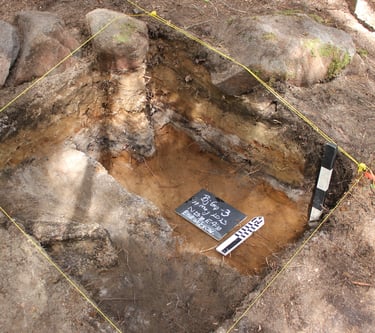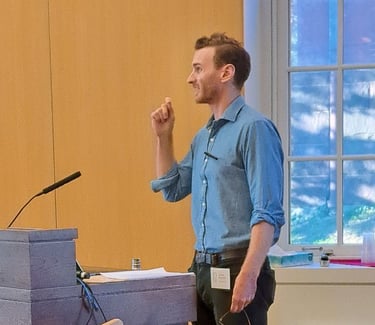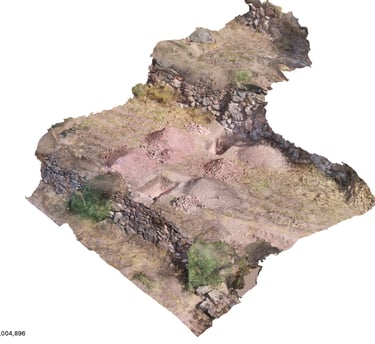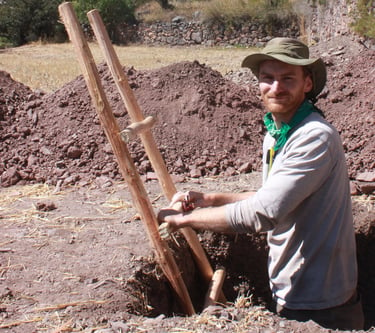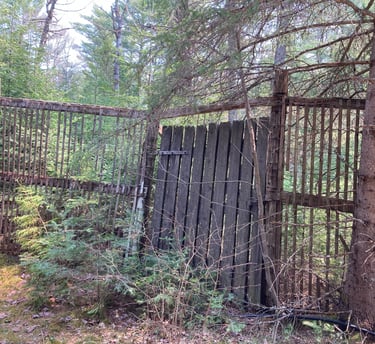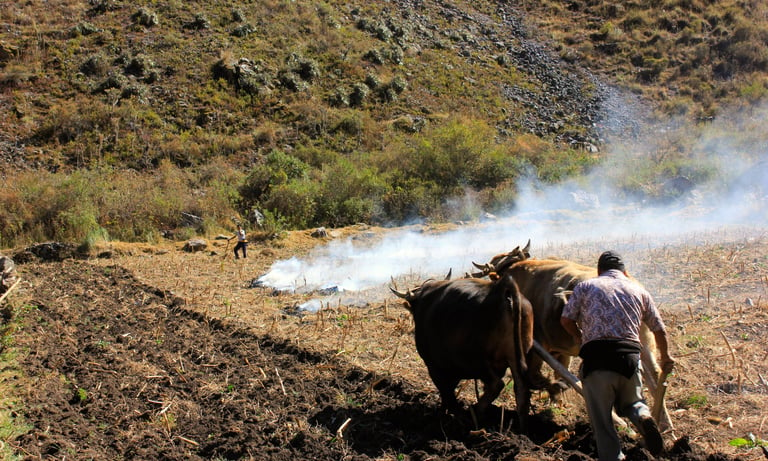

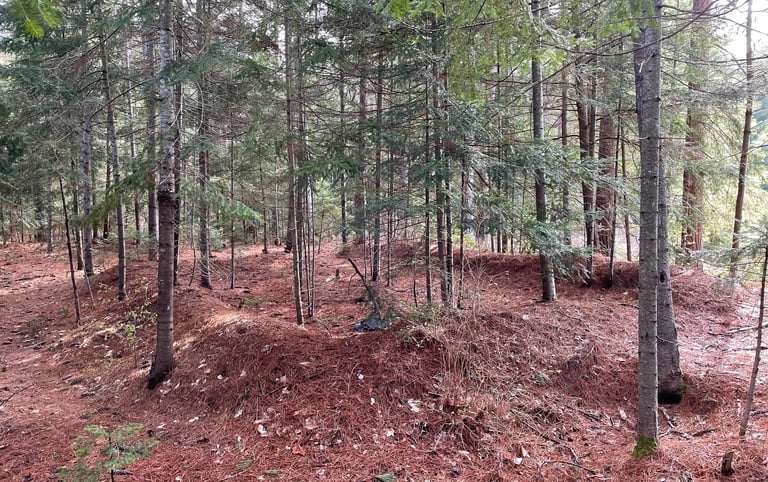

Research
Early 20th century logging camp in Algonquin Park.
Preparing to plant at Ollantaytambo.
I study the political ecology of colonialism by examining the interaction of environmental governance, environmental violence, and ecological transformation in colonial contexts from an archaeological perspective that links past land use to contemporary environmental realities. My projects are collaborative and community based.
I am especially invested in:
Understanding the ecological legacies of colonial governance, including extractivism, property formation, environmental violence, and colonial exclusions. This work is especially concerned with linking historic land management to contemporary social and ecological concerns.
Foregrounding Indigenous resistance to environmental violence in colonial contexts.
Critically examining "sustainability" as a concept and as an environmental practice, including by querying how sustainability is defined and enacted.
Considering the interplay of non-human and human action in the constitution of ecologies over the long durée.
The governance of heritage, and the consequences of heritage management for contemporary communities.
The anthropology of climate change, and especially the ways archaeology can clarify the historical and contemporary relationship between humans and the non-human environment.
I am currently exploring these themes across two active research projects:
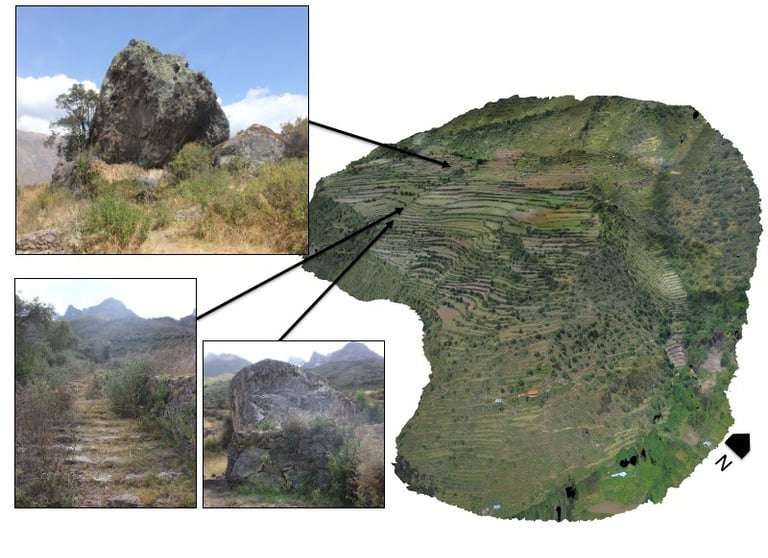

Ollantaytambo Terraces Project
The Ollantaytambo Terraces Project (Proyecto de Investigación Arqueológico Andenes de Ollantaytambo) is a collaboration with Peruvian colleagues and Indigenous agrarian cooperatives to investigate the construction and use of agricultural terraces around the town of Ollantaytambo, Peru across the last five centuries. By tracing the use-histories of terrace complexes constructed by the Inka Empire (ca. 1400‑1532), this project explores how Indigenous agriculturalists in the distant and recent past constructed long-term stability in agricultural systems, even as they adapted to changes in climate, shifts in political organization, and plant and animal introductions. The Ollantaytambo Terraces Project research program is multi-scalar. We use data that range from the microscopic scale of individual soil grains or phytoliths to the landscape spanning scale of terrace complexes mapped via UAV photography. Our work reveals how long-term trajectories of land use are shaped by ecological factors like erosion and socio political factorship like ownership and dispossession. This project also considers how the designation of Ollantaytambo's terraces as 'heritage' shapes contemporary agriculture. This work continues my long-term collaboration with the Agrarian Cooperative of Simapuqio to restore Inka-era irrigation infrastructures in the Simapuqio Terrace Complex.
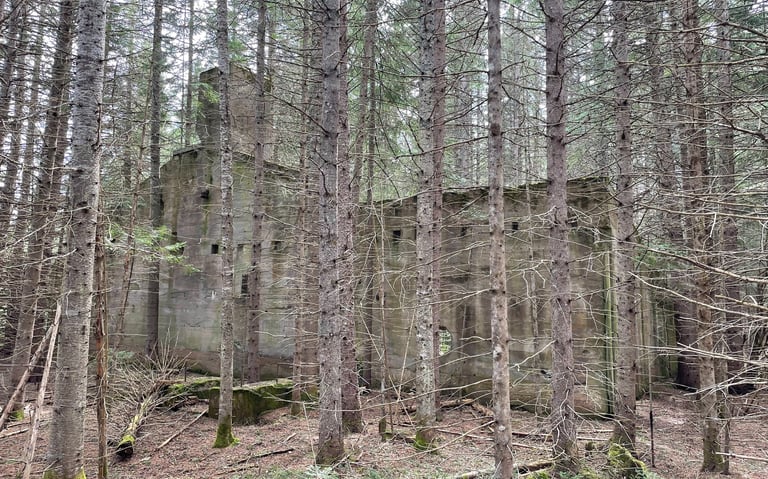

Algonquin Park Archaeology Project
The Algonquin Park Archaeology Project considers the social history of one of Canada's most celebrated 'natural' places. Ontario's Algonquin Park is often understood as a timeless, pristine wilderness. However, like other seemingly wild spaces, Algonquin has a deep social history—a history of Indigenous occupation since time immemorial, of settler-colonial exclusions, of historic and ongoing industrial timber extraction, of scientific research, and of recreation. This project asks how these decidedly social uses of the Park gave rise to an iconic Canadian wilderness. It attends to the production of nature by Indigenous Algonquin people, scientific researchers, industrial lumber harvesters, and recreational Park users. Each of these groups has understood the space of the park in different ways. And each of them has shaped the materiality of the Park according to those understandings. The history of these overlapping and often contradictory productions of nature is materialized in the landscapes surrounding Indigenous farms and settler homesteads, the ruins of logging dams and lumber camps, ghost towns surrounding abandoned sawmills, and the detritus of a century of recreational camping. By considering these archaeological remnants the project demonstrates how the Park's nature has been constructed to exclude some users and benefit others in the context of Canadian settler colonialism. By doing so, it tracks the historical genesis of contemporary ecologies at a time of potential and actual environmental transformation.
Dissertation Work
My dissertation, Colonial Agrarianism: A Historical Archaeology of Hacienda Land and Labor in Cusco, Peru, (U. Chicago, 2021), traces the intertwined ecological and social transformations that followed from the 1532 Spanish Invasion of the Andes through a case study of the Ollantaytambo region. The project demonstrates how Andean agriculturalists who lived in servitude under subsequent Inka and Spanish Colonial regimes adjusted their subsistence practices in response to regional political transformation. It also foregrounds the ways that Ollantaytambo's colonial ecology was shaped by it's non-human constituents: marauding sheep and pigs, newly-introduced crops like wheat, and sediments that accumulated in the region's canals and reservoirs.
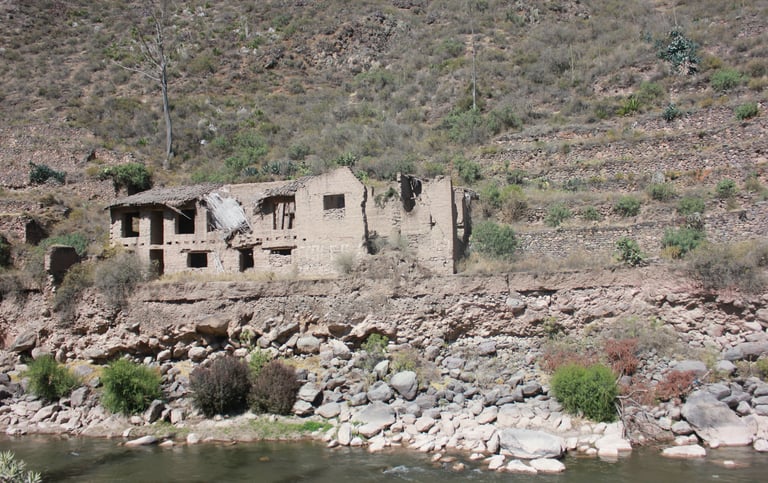

Photogrammetry model of terracing near Ollantaytambo.
Early 20th century sawmill in Algonquin Park.
Ruins of the Hacienda Simapuqio.

